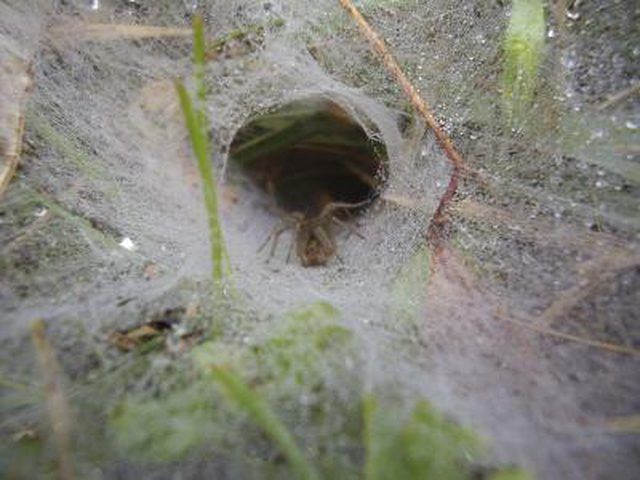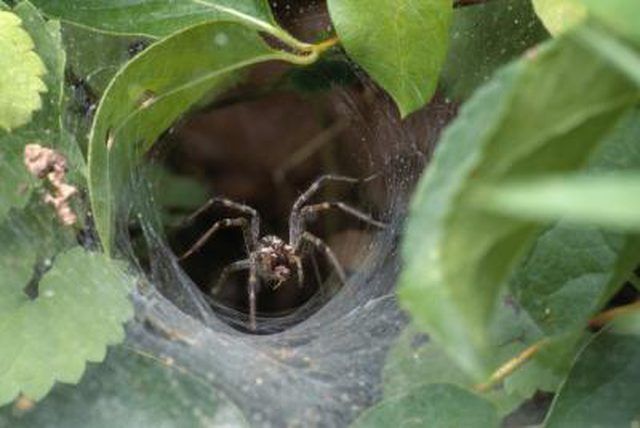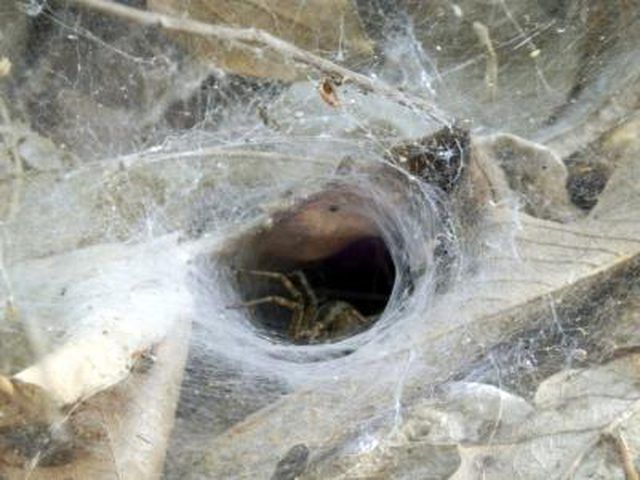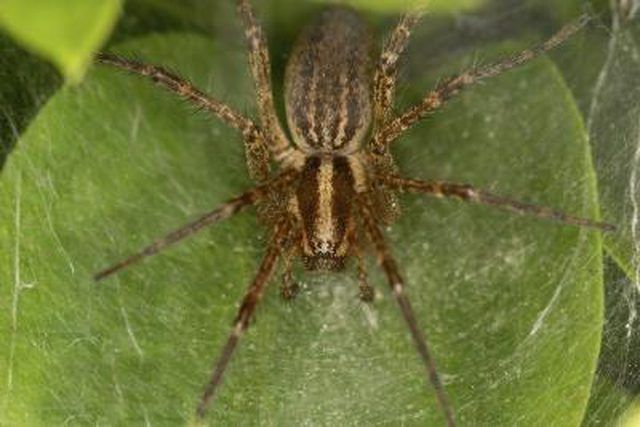Bulbs
Flower Basics
Flower Beds & Specialty Gardens
Flower Garden
Garden Furniture
Garden Gnomes
Garden Seeds
Garden Sheds
Garden Statues
Garden Tools & Supplies
Gardening Basics
Green & Organic
Groundcovers & Vines
Growing Annuals
Growing Basil
Growing Beans
Growing Berries
Growing Blueberries
Growing Cactus
Growing Corn
Growing Cotton
Growing Edibles
Growing Flowers
Growing Garlic
Growing Grapes
Growing Grass
Growing Herbs
Growing Jasmine
Growing Mint
Growing Mushrooms
Orchids
Growing Peanuts
Growing Perennials
Growing Plants
Growing Rosemary
Growing Roses
Growing Strawberries
Growing Sunflowers
Growing Thyme
Growing Tomatoes
Growing Tulips
Growing Vegetables
Herb Basics
Herb Garden
Indoor Growing
Landscaping Basics
Landscaping Patios
Landscaping Plants
Landscaping Shrubs
Landscaping Trees
Landscaping Walks & Pathways
Lawn Basics
Lawn Maintenance
Lawn Mowers
Lawn Ornaments
Lawn Planting
Lawn Tools
Outdoor Growing
Overall Landscape Planning
Pests, Weeds & Problems
Plant Basics
Rock Garden
Rose Garden
Shrubs
Soil
Specialty Gardens
Trees
Vegetable Garden
Yard Maintenance
Are Grass Spiders Poisonous?
Are Grass Spiders Poisonous?. Almost all spiders bite, but fatalities from spider bites are rare, mainly due to anti-venom treatment. A common species, the grass spider, also known as the funnel weaver spider, although venomous to some species, is considered harmless to humans, according to Colorado State University Extension's website.
Almost all spiders bite, but fatalities from spider bites are rare, mainly due to anti-venom treatment. A common species, the grass spider, also known as the funnel weaver spider, although venomous to some species, is considered harmless to humans, according to Colorado State University Extension's website.

Grass spiders are about 3/4 inch long, are brown or light gray in color and have several dark stripes on their head. They have dark banded legs and move very quickly.

Grass spiders build silk, funnel-shaped webs among shrubs and grass outdoors or in room corners indoors. Hiding within its web's "funnel," a grass spider swiftly ambushes and bites unwary prey straying onto the web.

The grass spider preys on small insects using its neurotoxic venom to paralyze the nervous system of its victims, which it then eats. A bite from a grass spider is considered low risk to humans.
